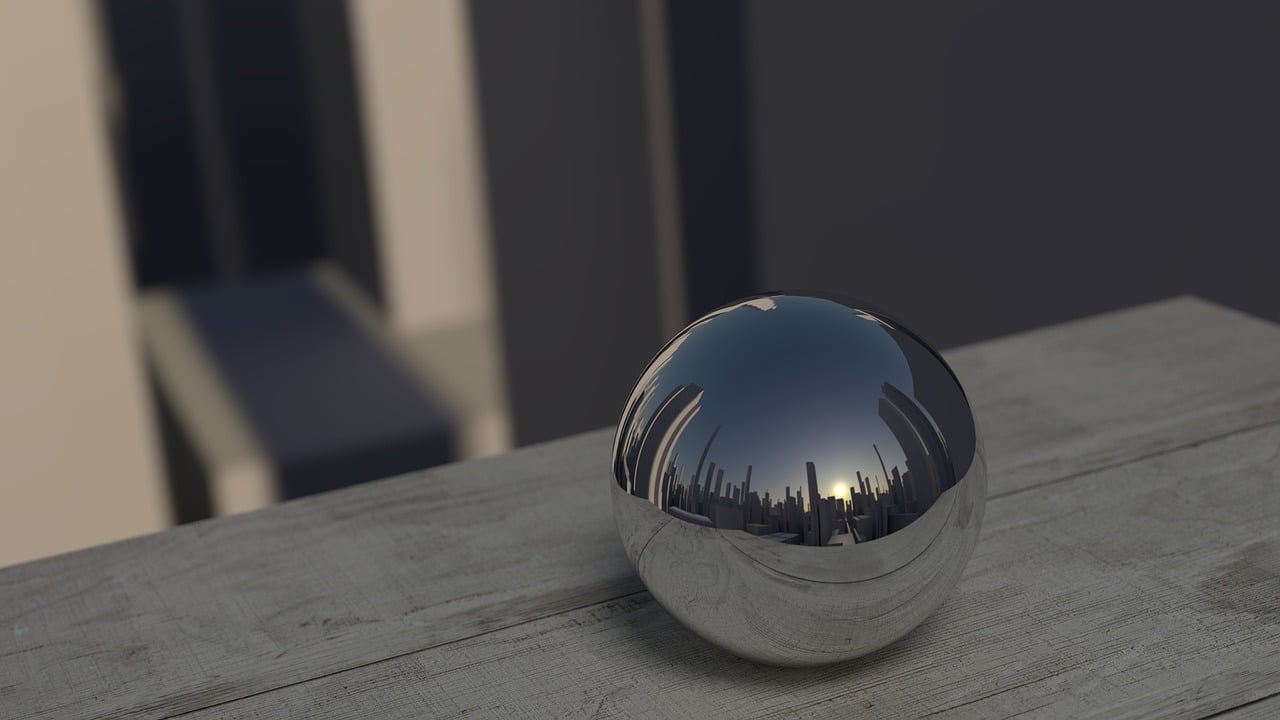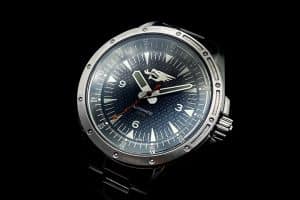Material Matters: Exploring Innovative Watch Case Materials

In the realm of watchmaking, the choice of materials for crafting watch cases is more than just a technical decision; it’s a statement of innovation and craftsmanship. At Horology Hub, we recognize that choosing the right material can define the personality of a microbrand’s timepieces. In this article, we embark on a journey to explore the world of watch case materials, from traditional classics to cutting-edge innovations.
The Essence of Material Selection
The material used for a watch case is more than just a matter of appearance—it also affects the watch’s durability, weight, comfort, and even the story behind it. When choosing a material, microbrands should consider their target audience, brand identity, and the type of watch they are creating. Each material has its own set of properties, and the choice should be made in line with the watch’s purpose and design. I’ve seen 316L stainless steel being used, but I’ve even seen polymer 3D printed cases that offer their own unique variables.
316L Stainless Steel: The Classic Contender
Stainless steel is a popular choice for watch cases for several reasons. It is durable, corrosion-resistant, and has a timeless look. Microbrands that choose stainless steel cases can select from a variety of finishes, from polished to brushed, Cerakote to PVD, allowing them to create versatile timepieces that appeal to a wider audience.
316L stainless steel seems to be the most popular material choice for watch cases because of its corrosion resistance and affordability. It contains a lower carbon content than other stainless steel grades, which enhances its resistance to corrosion and makes it suitable for prolonged contact with skin. 316L stainless steel offers durability and a sleek appearance, making it a common choice for both affordable and mid-range watches. It is easier to machine and finish, allowing for intricate designs and various surface treatments.
Advantages:
Corrosion Resistance: 316L stainless steel exhibits excellent resistance to corrosion, ensuring the longevity and aesthetics of the watch case even in various environments.
Skin-Friendly: The low carbon content in 316L stainless steel reduces the likelihood of skin reactions, making it a comfortable option for prolonged wear.
Affordability: Compared to higher-end materials, 316L stainless steel is more cost-effective, making watches featuring this material more accessible to a wider audience.
Versatility: Its machinability and compatibility with various finishes allow for diverse design possibilities, catering to different watch styles.
904L Stainless Steel for Watch Cases and Bracelets:
904L stainless steel is a premium material often found in high-end luxury watches, popularized by Rolex. It offers superior corrosion resistance and a distinctive aesthetic. Its composition includes higher levels of chromium, nickel, and molybdenum compared to 316L, which contribute to its exceptional durability and resistance to harsh environments. 904L stainless steel is difficult to work with, requiring specialized equipment and expertise.
Advantages:
Exceptional Corrosion Resistance: 904L stainless steel provides unparalleled protection against corrosion, making it ideal for watches exposed to extreme conditions, including saltwater and acidic environments.
Titanium: A Featherweight Marvel
For those seeking a balance between strength and lightness, titanium is an exceptional choice. Titanium watch cases offer remarkable strength-to-weight ratios, making them comfortable for extended wear. The material’s hypoallergenic nature is an added advantage for individuals with sensitive skin. Microbrands can explore different surface treatments to achieve various textures and colors, further enhancing the visual appeal. Just keep in mind this doesn’t come cheap. Many cases in titanium can cost two to four times more than 316L, which could hurt your budget if you’re just starting out without crowdsourcing.
Carbon Composite: For the Modern Visionary
Carbon composite materials, such as carbon fiber, have taken the watch industry by storm. These materials offer a futuristic aesthetic and exceptional strength. Microbrands embracing carbon composites can create watches that resonate with tech-savvy and style-conscious enthusiasts. The intricate patterns created by the carbon fibers add a layer of visual intrigue, making each watch truly unique.
Innovations Beyond Tradition
In addition to the classics, microbrands can push boundaries by experimenting with innovative materials. From high-tech ceramics to materials derived from aerospace technology (think of the unique styling of Strond UK Timepieces), the possibilities are limitless. These materials not only add exclusivity to microbrand collections but also showcase a commitment to pushing horological boundaries.



